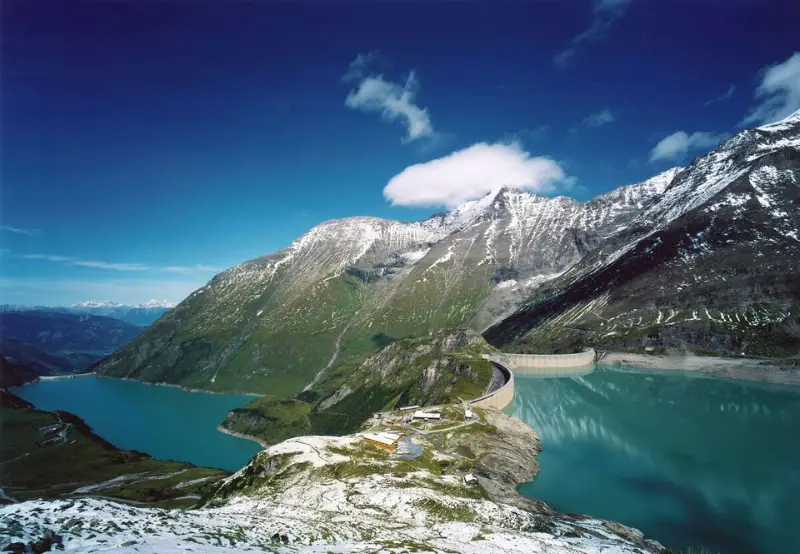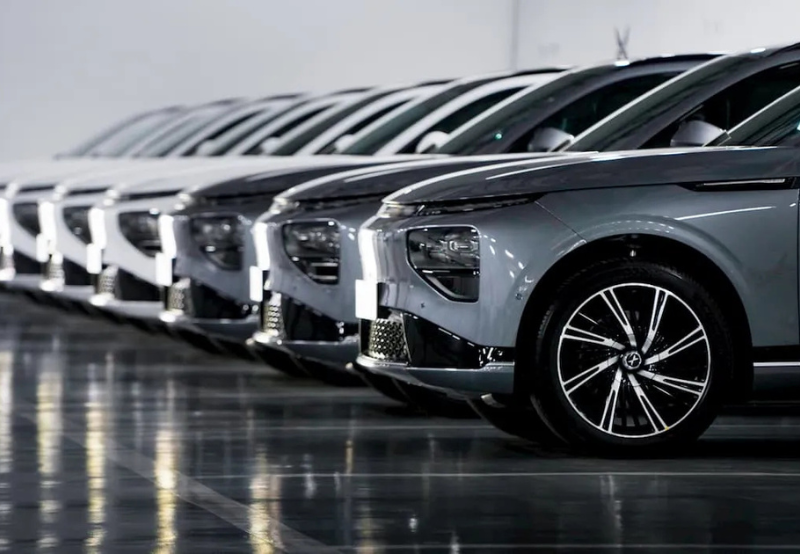Europe’s pumped storage hydropower is set to become the backbone of renewable energy. Learn how the Paris Pledge drives investment, grid stability, and storage innovation.
Table of Contents
- Introduction
- What is Pumped Storage Hydropower?
- Europe Pumped Storage Hydropower and the Paris Pledge
- How Pumped Storage Supports Renewable Integration
- Economic Benefits of Pumped Storage Hydropower
- Environmental Impact and Circularity
- Technological Innovations Driving PSH
- Global Comparisons and Europe’s Leadership
- Challenges Facing Pumped Storage Hydropower
- Future of Energy Storage in Europe
- Conclusion
🌍 Introduction
Europe Pumped Storage Hydropower is emerging as the most reliable and scalable energy storage solution for a future powered by renewables. As wind and solar continue to dominate Europe’s electricity mix, energy storage has become a critical priority for grid stability and climate resilience.
In a bold move, the International Hydropower Association (IHA) and Eurelectric launched the Paris Pledge, calling on policymakers to rapidly scale up pumped storage hydropower (PSH) capacity. This initiative underscores PSH as the “green battery” of Europe—a proven technology that has been delivering reliable storage for decades and is now vital to achieving Europe’s climate neutrality targets by 2050.
🔋 What is Pumped Storage Hydropower?
Pumped storage hydropower is a simple yet highly effective concept. It works like a giant battery, using excess electricity to pump water from a lower reservoir to a higher one. When electricity is needed, water is released back down through turbines to generate power.
Key advantages:
- High efficiency: PSH achieves a round-trip efficiency of 70–80%.
- Scalability: Single projects can store gigawatt-hours (GWh) of energy.
- Longevity: Unlike chemical batteries, pumped storage plants last 50–100 years.
PSH already accounts for over 90% of the world’s grid-scale energy storage capacity. In Europe, more than 50 GW of installed PSH capacity helps balance fluctuating renewable output.
🏛️ Europe Pumped Storage Hydropower and the Paris Pledge
The Paris Pledge, introduced by IHA and Eurelectric, urges European governments to recognise pumped storage hydropower as critical national infrastructure. It calls for:
- Policy support: Streamlined permitting processes to reduce project timelines.
- Investment incentives: To stimulate both public and private financing.
- Grid integration plans: Ensuring PSH is fully embedded in Europe’s evolving energy networks.
Europe’s commitment to this initiative demonstrates its ambition to become a global clean energy leader. The EU’s target of 45% renewable electricity by 2030 is only achievable with large-scale storage like PSH.
⚡ How Pumped Storage Supports Renewable Integration
Solar and wind power are intermittent by nature. Without sufficient storage, excess energy is wasted during peak production, and fossil fuels are used when demand spikes.
Here’s how PSH solves this challenge:
- Energy Arbitrage: Store energy when it’s cheap and release it during peak demand.
- Grid Balancing: Respond instantly to fluctuations in renewable output.
- Black Start Capability: Restart entire grid networks during outages.
- Seasonal Storage: Provide long-duration energy backup during low-wind winters or cloudy weeks.
With Europe’s electricity grid increasingly decentralised, PSH is becoming the anchor of energy security.
💰 Economic Benefits of Pumped Storage Hydropower
Europe Pumped Storage Hydropower is more than an engineering marvel; it’s a driver of economic growth:
- Job Creation: New PSH projects generate thousands of construction and engineering jobs.
- Energy Independence: Reduces reliance on imported fossil fuels, saving billions in foreign exchange.
- Investment Magnet: EU nations like Switzerland, Austria, and Portugal are attracting global investors with PSH’s stable, long-term returns.
- Infrastructure Optimisation: Reduces the need for overbuilding solar and wind capacity by making better use of existing energy assets.
According to IHA, every €1 invested in PSH infrastructure yields €2–3 in system benefits, making it a sound choice for Europe’s green recovery plans.
🌱 Environmental Impact and Circularity
While hydropower often sparks environmental debates, pumped storage is unique:
- Low ecological footprint: Most projects use existing reservoirs, quarries, or abandoned mines.
- Circular Energy System: Instead of discarding excess energy, PSH stores it for later use.
- Climate Resilience: Reservoirs support water management and drought mitigation.
Environmental innovation is improving PSH sustainability, with closed-loop systems (independent of natural rivers) becoming the new standard.
🔬 Technological Innovations Driving PSH
Modern PSH is far more advanced than traditional dams. Key innovations include:
- Variable-speed pump-turbines: Allowing finer control of grid frequency.
- Digital twins: For predictive maintenance and optimised performance.
- Hybrid PSH: Coupling PSH with solar, wind, and battery storage for multi-layered resilience.
- Underground PSH: Projects in old mines are gaining traction, reducing land use impacts.
These breakthroughs are helping PSH compete with chemical batteries, offering longer lifespans and lower lifecycle costs.
🌐 Global Comparisons and Europe’s Leadership
Globally, China and the United States lead in PSH capacity, but Europe is quickly positioning itself as a technology leader. Countries like:
- Switzerland: Operates the 900 MW Nant de Drance PSH plant, a global benchmark.
- Austria: Plans major expansions in Alpine PSH.
- Portugal: Leading in PSH-solar hybrids.
Europe’s engineering expertise is attracting international collaboration, cementing its role as the innovation hub for storage technologies.
⚠️ Challenges Facing Pumped Storage Hydropower
Despite its promise, PSH faces obstacles:
- High Capital Costs: Large upfront investment requirements.
- Permitting Delays: Projects can take 7–10 years due to regulatory hurdles.
- Public Perception: Misunderstandings about environmental impacts can stall projects.
- Competition from Batteries: Lithium-ion storage attracts more media attention, although PSH offers greater capacity.
To overcome these barriers, policymakers need to adopt fast-track permits, public awareness campaigns, and stronger financing mechanisms.
🔮 Future of Energy Storage in Europe
By 2050, Europe is expected to require over 200 GW of energy storage, with PSH providing a major share. The EU’s Green Deal and Fit for 55 Package both highlight PSH’s role in achieving net-zero emissions.
Future energy systems will likely feature:
- Distributed renewable networks supported by centralised PSH reservoirs.
- Cross-border energy sharing enabled by smart grids.
- AI-driven grid management, ensuring storage is used efficiently.
PSH isn’t just storage—it’s Europe’s energy insurance policy for a volatile climate future.
📝 Conclusion
Europe’s investment in pumped storage hydropower marks a defining moment in its clean energy journey. With the Paris Pledge rallying industry and policymakers, PSH is set to become the backbone of a fully renewable energy grid.
As the technology evolves, PSH offers Europe not just stability and energy security, but also a model of sustainability that other regions can follow. With its unique blend of reliability, scale, and environmental stewardship, Europe Pumped Storage Hydropower is the green battery that will power a carbon-neutral future.
Read :San Antonio Second-Life EV Battery Project: 7 Powerful Ways It’s Reinventing Grid Storage






